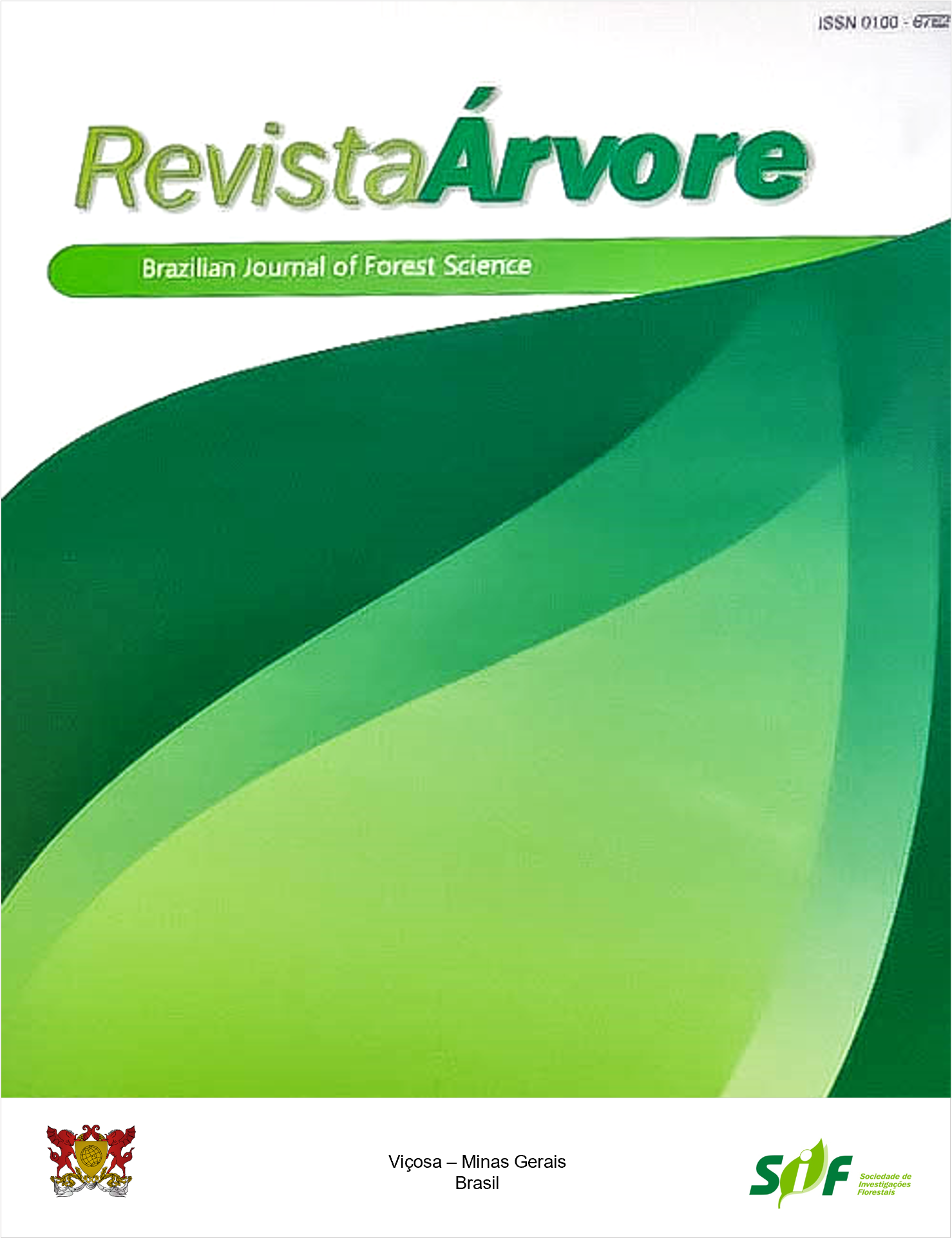BRIQUETTES QUALITY PRODUCED WITH THE MACAUBA EPICARP (Acrocomia aculeata) AND Pinus sp. WOOD
Keywords:
Biomass energy, Quality of briquettes, Agroforestry residuesAbstract
The macaúba palm (Acrocomia aculeata) is a palm-seed-oil producing tree of great economic value for its high productivity, and the broad range of possible uses for the different parts of the plant. This palm is one of the most promising species for the production of biodiesel, however, its use generates large amounts of waste. The aim of this work is to produce and evaluate the quality of briquettes made from the epicarp of the macaúba palm, in association with the waste of the Pinus sp. For the characterization of the residues, the following analyses were carried out: bulk density, immediate chemical composition, and higher calorific value. Different treatments were adopted in the production of the briquettes, namely: T1 (100% macaúba palm), T2 (75% macaúba palm + 25% pine), T3 (50% macaúba palm + 50% pine), T4 (25% macaúba palm + 75% pine) and T5 (100% pine). The briquettes were produced at a pressure of 1000 PSI, and at a temperature of 120-130 ºC, press and cooling times of 5 minutes, and an average humidity of 9.88% for the macaúba palm and 8.00% for the Pinus. In order to qualify the briquettes’ dimensions, the following were evaluated: apparent density, rupture load, lower calorific value, useful calorific value and energy density. In general, mixing at least 50% macaúba epicarp is recommended to produce briquettes, as this material provides increased strength and energy density to the product.
Keywords: Biomass energy; Quality of briquettes; Agroforestry residues
Downloads
Published
How to Cite
Issue
Section
License
Copyright (c) 2021 Revista Árvore

This work is licensed under a Creative Commons Attribution 4.0 International License.
All authors agreed to submit the work to Revista Árvore and granted the exclusive license to publish the article. The authors affirm that it is an original work and has not been previously published elsewhere. The scientific content and opinions expressed in the article are the sole responsibility of the authors and reflect their opinions, not necessarily representing the opinions of the editorial board of Revista Árvore or of the Society of Forest Investigations (SIF).




